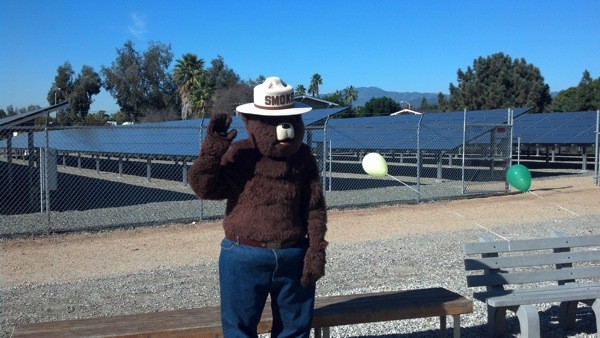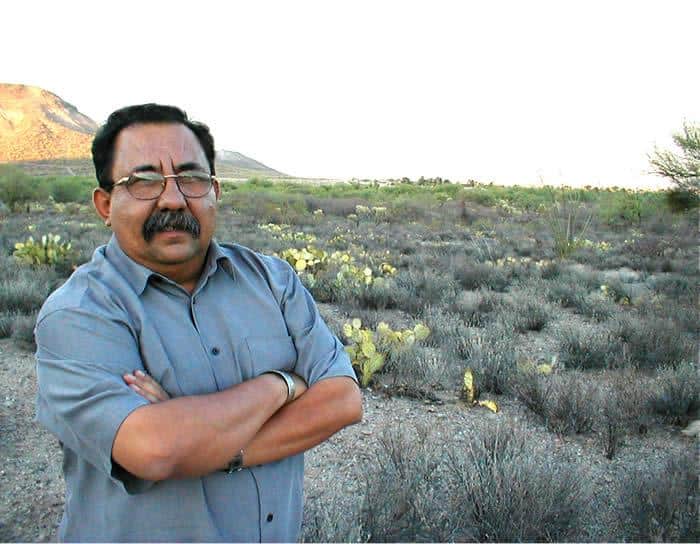
Here’s a link.
So a cursory analysis (more holiday chores call today) suggests that once again, the further you get from the direct supervisor (65% )to “senior leadership” (37%) the less people felt good about their leadership. We had the same kind of thing in our Region’s morale survey before I retired.
But here’s the thing; most people on the ground and many people higher don’t know for sure whether irritating programs and policies come from the “Forest Service leadership” or the Department. I always wanted to follow this survey up with more interviews in depth about what folks wanted leadership to do that they weren’t doing or, more likely, what they want leadership to not do that they are doing, and to parse that out.
‘Cause it could be that, say in some of the more draconian diversity efforts, the Department is chewing on FS leadership about not doing enough, and the folks on the districts think that the FS leadership dreamed up some of the more Dilbertian policies. So it’s easy to say that “leadership should” and much harder to figure out exactly how that would work. I gotta say that I feel a great deal of sympathy for these folks who can be between a rock and a hard place.
In our region’s surveys we also had narratives which I found to be much more illuminating than numbers, at least in terms of what kinds of things might make a difference. You have to listen with the “ears of your heart,” as Benedict of Nursia would say, and you can’t “listen” to percentages. Based on his Rule, I bet he knew a great deal about management and leadership. I bet there is a management book out there somewhere based on his teachings.. anyway, I digress.
I always like to compare the FS to BLM which has the same kind of mission, in the same kinds of places, with many of the same kinds of people.
You can always break it down by demographics as well.
But here’s my check on what I would call “related” agencies:
FS 53.4 down 4.7 (this “down” seems to be of concern in such a large agency)
Rural Development (USDA) 56.5
Farm Services Agency (USDA) 59.5
Solicitor’s Office (INT) 60.4
OGC (USDA) 60.4
Reclamation (INT) 61.3
National Park Service (INT) 61.3
BLM (INT) 61.8
Now, you could analyze to see if, as there appears to be, based on this 10 minute analysis, there is a “USDA” effect. Also, we know many folks who work with both agencies on Service-First and do some interviews. Anyway, that’s what I would do. I would also examine small versus large agencies, as sometimes that might make a difference. So I would take agencies of comparable size and missions and compare across Departments. The problem with this approach is that there is only one large one in USDA. So it seems like the Forest Service is hopelessly confounded with USDA in this kind of analysis.
The Forest Service has a cadre of bright and talented social scientists.. it would be interesting to set some of them to analyze these data in detail (publishing their findings on the internet with opportunities for discussion, including follow-up interviews). Seems like this has been going on long enough that understanding more would be good.
Anyway, what is y’all’s take on these numbers?
Anyway, what do you all see in these figures?





